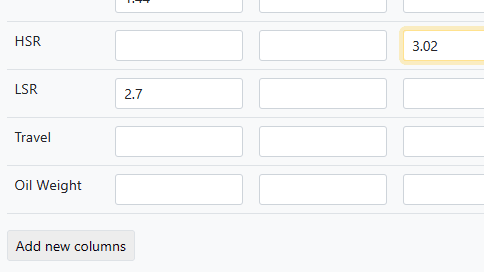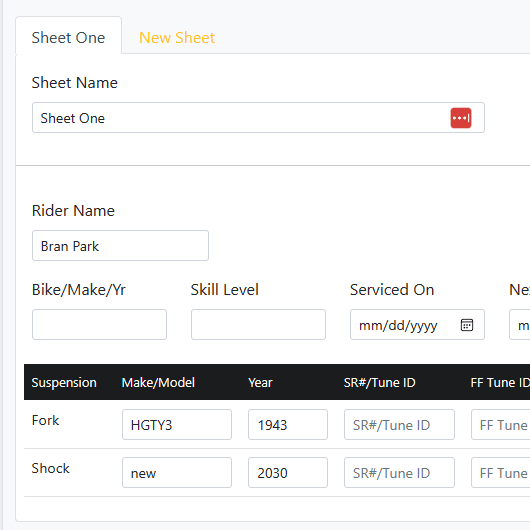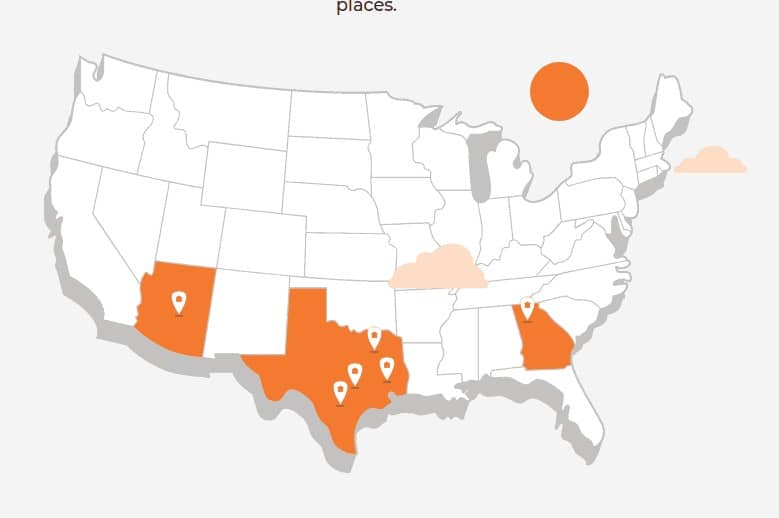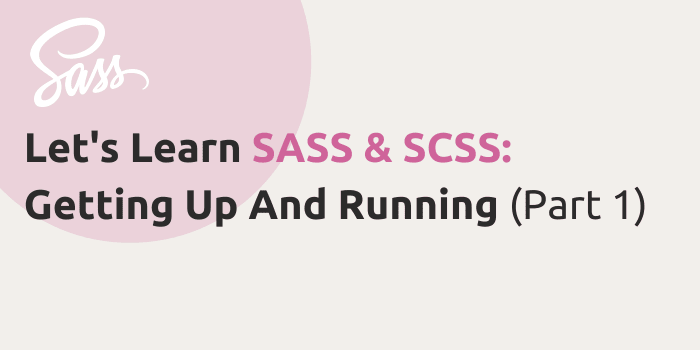Over 23 Successful Projects.
Vue.js + dotCMS Web App for a Multi-Million Dollar Lumber Enterprise
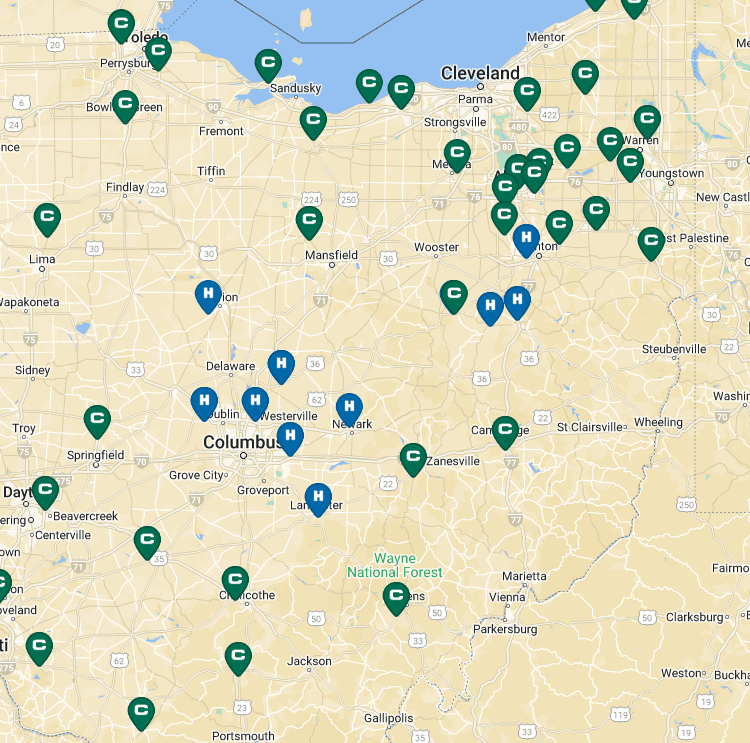
7 months
Legacy Redesign TeamAbout Them
Carter Lumber is a leading American building supplier with a vast network of over 160 locations across the eastern half of the United States. Operating under seven distinct brands, the company services professional builders and homeowners in thirteen states. Many of these brands have a legacy of serving their local communities for more than fifty years, making them integral parts of Carter Lumber's family of companies. With a commitment to exceptional service and quality building materials at competitive prices, the company attributes its enduring success to its extensive industry experience and adherence to hometown values.
See Site LiveWhat I Did
As a Vue.js developer, I was brought on to finish the development of the Carter Lumber web experience. Carter Lumber is a large company, with special content needs and almost 200 nationwide locations to manage. My job was to not only create reusable Vue components that captured specific requirements, but to also learn and adapt to the dotCMS environment. The tech stack involved using dotCMS/velocity with Vue.js integrated templates. Over a period of 6 months, I worked with a team of developers to turn an unfinished project into a deployable web experience that captured many broad requirements, including the creation of multiple family sites.
- Create a modern experience from an old legacy website.
- Create a modular component that makes it easy to find and locate information about one of Carter Lumber's 180+ locations.
- Use dotCMS to create an admin interface that makes it easy to add content to any of their 8 family sites, baked with user permission management and ease of use.
- Create maintainable Vue components that are reusable across the many pages and family sites.

Carter Lumber has over 180 locations across the eastern US. Using Vue.js, a dynamic solution for locating information was essential. As a result, I created a dynamic map that allows users to filter locations by criteria such as mile radius, city, and state.

Carter Lumber has over 5 family sites. While each site contains similar components, the styles and brand colors differ. To accomplish this, I used an SCSS build that reused base styles but changed the brand variables depending on the domain.

